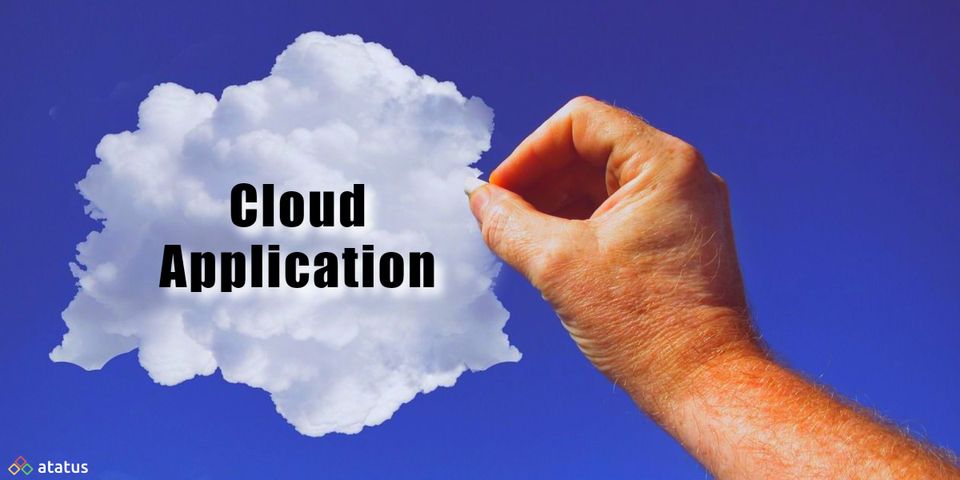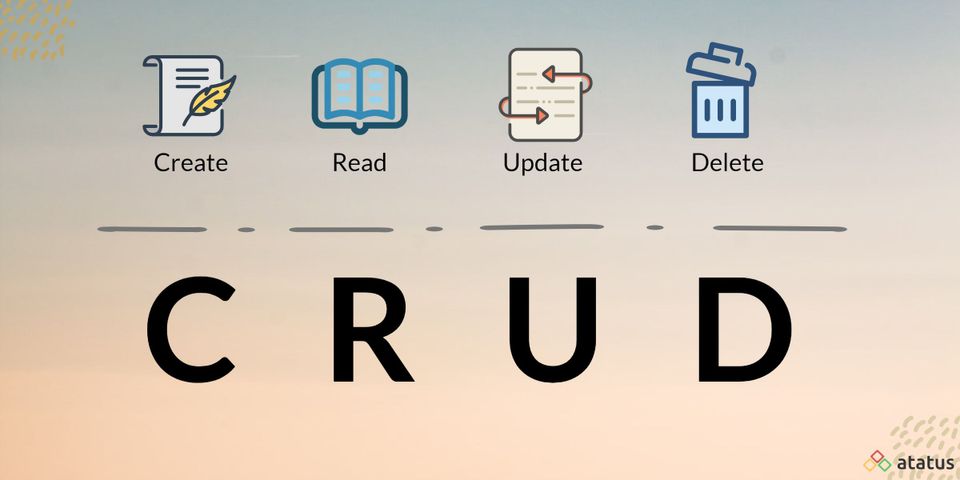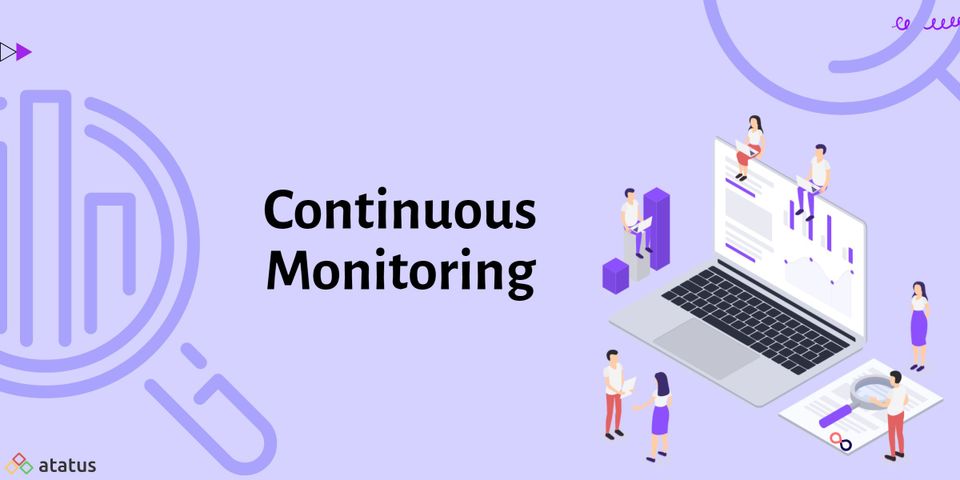Cloud computing has completely transformed the IT environment in the previous decade. Many popular applications now run over the internet rather than as local clients on your computer or mobile device. This trend is unlikely to slow down because it offers so many benefits.
We will cover the following:
- What is Cloud Application?
- Different Kinds of Cloud Application
- Benefits of Cloud Application
- Cloud Applications vs Web Applications
- Cloud Applications vs Desktop Applications
What is Cloud Application?
A cloud application is an internet-based application that performs at least some of its processing and data storage over the internet, referred to as "the cloud" figuratively. The application's front end can be accessed via an application or a web browser, but crucial features such as data storage must be accessed via the internet.
Cloud applications are a hybrid of traditional Web applications and traditional desktop applications. Cloud applications combine the benefits of both Web and desktop applications while avoiding many of their disadvantages. Cloud applications, like desktop applications, can provide offline functionality, a rich user experience, and immediate reactions to user inputs.
Cloud applications, like Web applications, do not require installation on a computer. By simply uploading a newer version to the web server, updates can be made at any time. Cloud application servers are often housed in a third-party cloud services infrastructure provider's remote data centre.
Email, file storage, and sharing, order input, inventory management, word processing, customer relationship management (CRM), data collection, and financial accounting are all cloud-based application tasks.
Different Kinds of Cloud Application
A cloud application, more specifically, is software that splits its processing logic and data storage between two systems: client and server-side. Some processing occurs on the end user's local hardware, such as a desktop or mobile device, while other processing occurs on a remote server. One of the most common advantages of cloud applications is that the majority of data is stored on a remote server.
A web browser or an application programming interface (API) is used by users to communicate with cloud applications. These are the essential concepts of a cloud application, although how the client and server interact, and how this affects the user experience, can take a variety of forms.
Software-as-a-Service (SaaS)
Software-as-a-service is a popular type of cloud computing that provides customers with a web application as well as all of the underlying IT infrastructure and platforms. This is a third-party cloud application in which the third party not only provides the hardware but also the software to run the application. They also offer complete system and application support.
Using a SaaS solution reduces the need to purchase costly equipment and license, as well as providing hardware and software maintenance. Although users should invest in fast network hardware because service performance is dictated by internet connection speeds, SaaS minimizes users' upfront expenditures by eliminating the need to permanently purchase software or invest in a solid on-premise IT infrastructure.
Platform-as-a-Service (PaaS)
Platform-as-a-Service allows you to create, execute, and manage your own applications without having to construct and maintain the infrastructure or environment they require. This is due to the fact that PaaS offers users hardware and an application software platform from a third-party supplier. This means you'll have complete control over the applications and data that live on the platform, making PaaS an excellent choice for programmers and developers.
For example, a developer may use PaaS as the foundation for building a new application that interfaces with an existing Oracle database in your company.
Infrastructure-as-a-Service (IaaS)
Infrastructure-as-a-Service refers to a public cloud or private cloud where a supplier controls the infrastructure for you—the actual servers, network, virtualization, and storage. You can use an API or a dashboard to access the infrastructure, which is rented. You may control things like the operating system, applications, and middleware, while a provider, like AWS or Microsoft Azure, takes care of the hardware, networking, hard drives, storage, and servers, as well as outages, repairs, and hardware issues.
Middleware is software that sits between the operating system and the application, extending the operating system's capabilities and making development easier.
Benefits of Cloud Application
Cloud application has a number of advantages, including lower beginning costs, economies of scale, and other benefits.
- Lower Management Costs
The cost of managing critical corporate applications is decreased because cloud applications enable greater control and improved security. Companies outsource much of the management burden to cloud vendors with cloud applications and other SaaS choices, decreasing the need for big in-house IT staff. - Reliability
Cloud applications have access to greater computational resources than would be possible to have on-premises. Your applications can scale quickly without incurring additional capital costs. Even better, this scaling can be dynamic, ensuring that you only consume resources when they are required. - Standardization
When applications are hosted by reputable companies like Google, they are guaranteed to be reliable and accessible. It also ensures that your data is backed up safely and securely across the internet. It's also simple to ensure that everyone in your company is using the same version of the cloud application. - Accessibility
Cloud applications aren't bound to a single system - they can be accessed and interacted with from a wide range of devices over any Internet connection, safely and securely. - Reduce Costs
Cloud applications may lower the cost of your infrastructure (no need to maintain your own servers) as well as the expense of maintaining your applications onsite because the majority of the processing power and storage is handled remotely. Subscribing to a similar SaaS package, depending on what software you use locally, could also dramatically cut your licensing expenses. - Improved Data Exchange and Security
Authorized users get immediate access to data stored on cloud services. Cloud providers may recruit world-class security specialists and deploy infrastructure security features that are generally only available to large organizations due to their huge scale.
Cloud Applications vs Web Applications
The difference between cloud and web applications has blurred as remote computing technology advances. The term "cloud application" has created a big impact, prompting some application suppliers to label everything having an internet component as a cloud application.
Data stored on remote storage is accessed by cloud and web applications. Both depend on server computing power, which can be found on-site or in a remote data centre.
The architecture of cloud and web applications differs significantly. To work, a web application or web-based application requires a constant internet connection. A cloud application, also known as a cloud-based application, on the other hand, conducts processing activities on a local computer or workstation. Downloading and uploading data necessitates the use of an internet connection.
Web applications have existed for almost as long as the internet itself. Early web browsers incorporated JavaScript to allow developers to add functionality that went beyond plain static sites. You'll remember the Java applet and Flash applications and games if you've been on the internet as long as I have.
If the external server is unavailable, the web application will be unusable. In a cloud application, if the distant server goes down, the software on the local user device can still run, but it won't be able to post or download data until the remote server's service is restored.
Email and word processing are two prominent productivity tools that can be used to highlight the distinction between cloud and web applications. For example, Gmail is a web application that only requires a browser and an internet connection to use. It is able to open, write, and arrange messages using the browser's search and sort functions.
Microsoft Office 365 is an example of a cloud-based word processor that may be installed on a workstation. The application runs locally on a PC without access to the internet. When users save work to an Office 365 cloud server, the cloud component comes into play.
Cloud Applications vs Desktop Applications
Desktop applications are platform-dependent, and each operating system requires its own version. Multiple versions lengthen development time and expense, as well as complicate testing, version control, and support. Cloud applications, on the other hand, are platform-independent and may be accessible through a range of devices and operating systems, resulting in significant cost savings.
On a desktop application, each device requires its own installation. It's difficult to have all users using the same version because it's impossible to force an update every time a new version is released. The necessity to handle different versions at the same time can put a strain on tech support. Users can only access and run the version available on the cloud, hence there are no version control difficulties with cloud applications.
Summary
Cloud applications do not take up a lot of storage on the user's communication device or computer. If the user has access to a fast Internet connection, a good cloud application can combine the functionality of a desktop application with the portability of a web application.
Monitor Your Entire Application with Atatus
Atatus provides a set of performance measurement tools to monitor and improve the performance of your frontend, backends, logs and infrastructure applications in real-time. Our platform can capture millions of performance data points from your applications, allowing you to quickly resolve issues and ensure digital customer experiences.

Atatus can be beneficial to your business, which provides a comprehensive view of your application, including how it works, where performance bottlenecks exist, which users are most impacted, and which errors break your code for your frontend, backend, and infrastructure.





